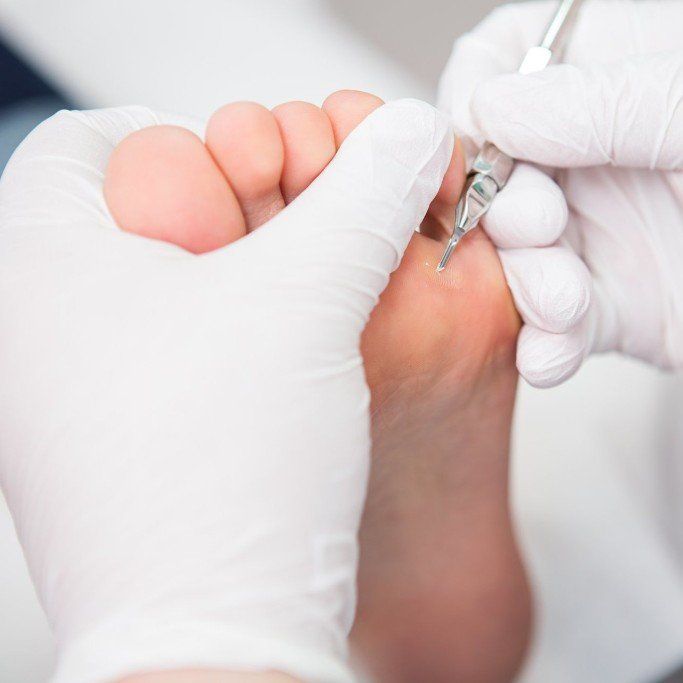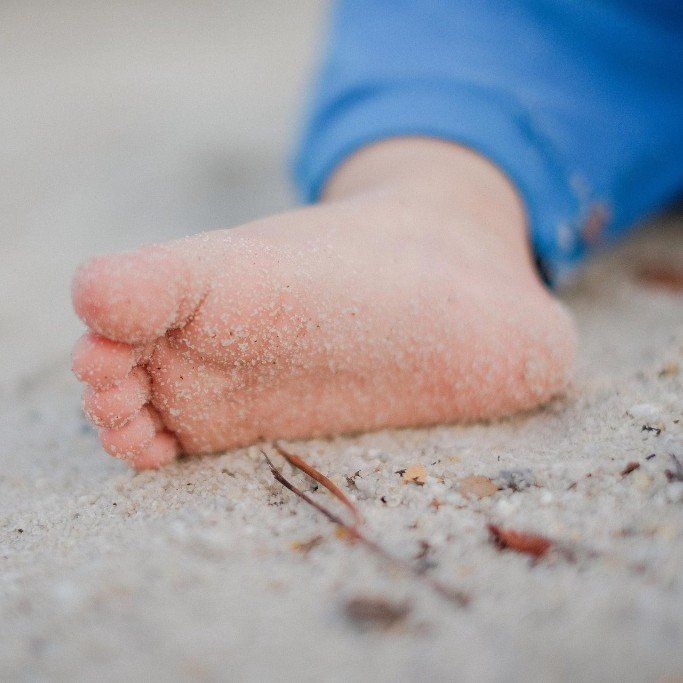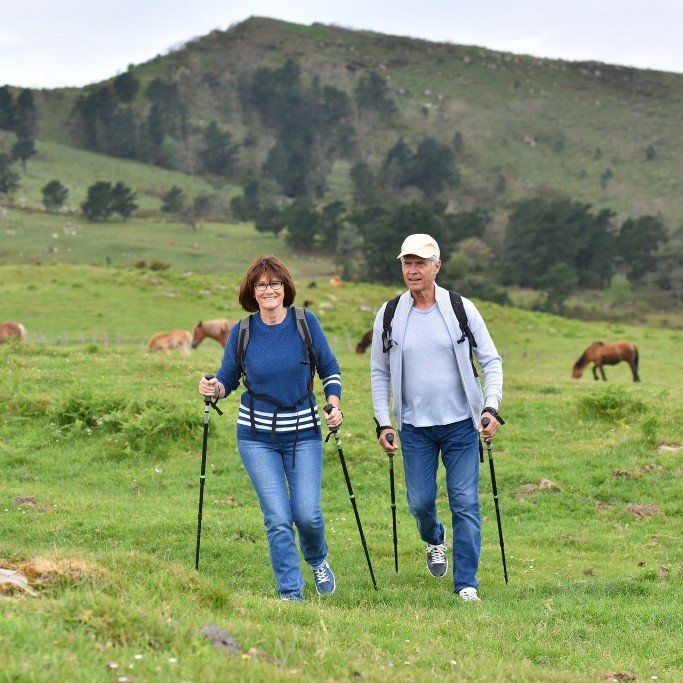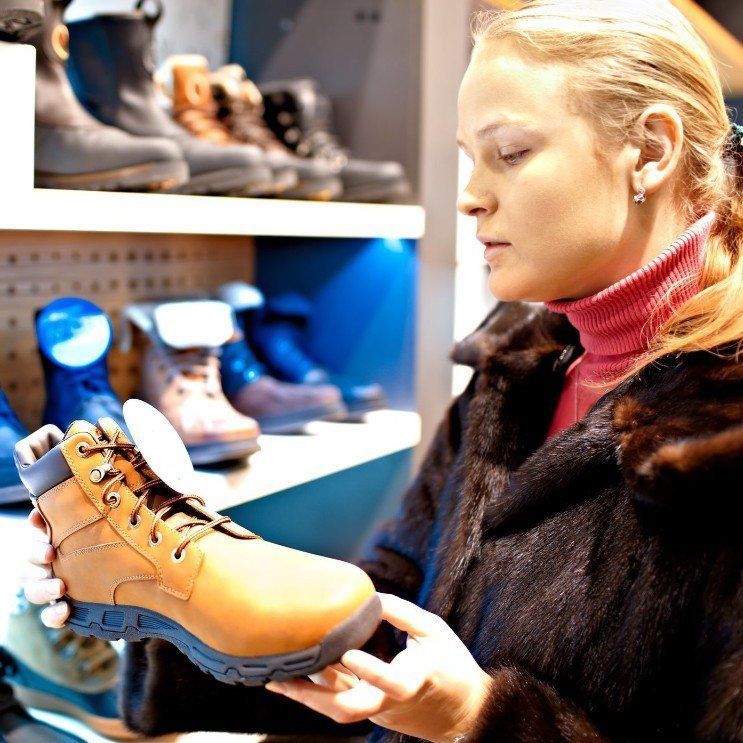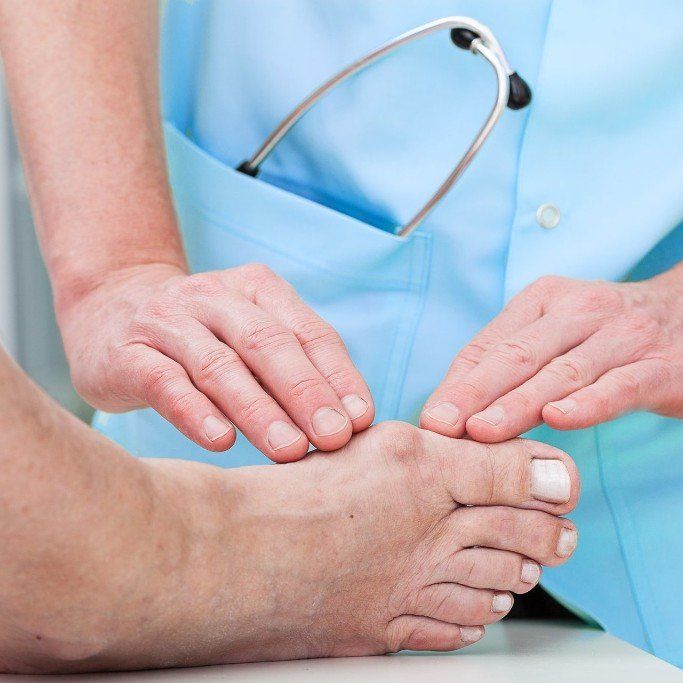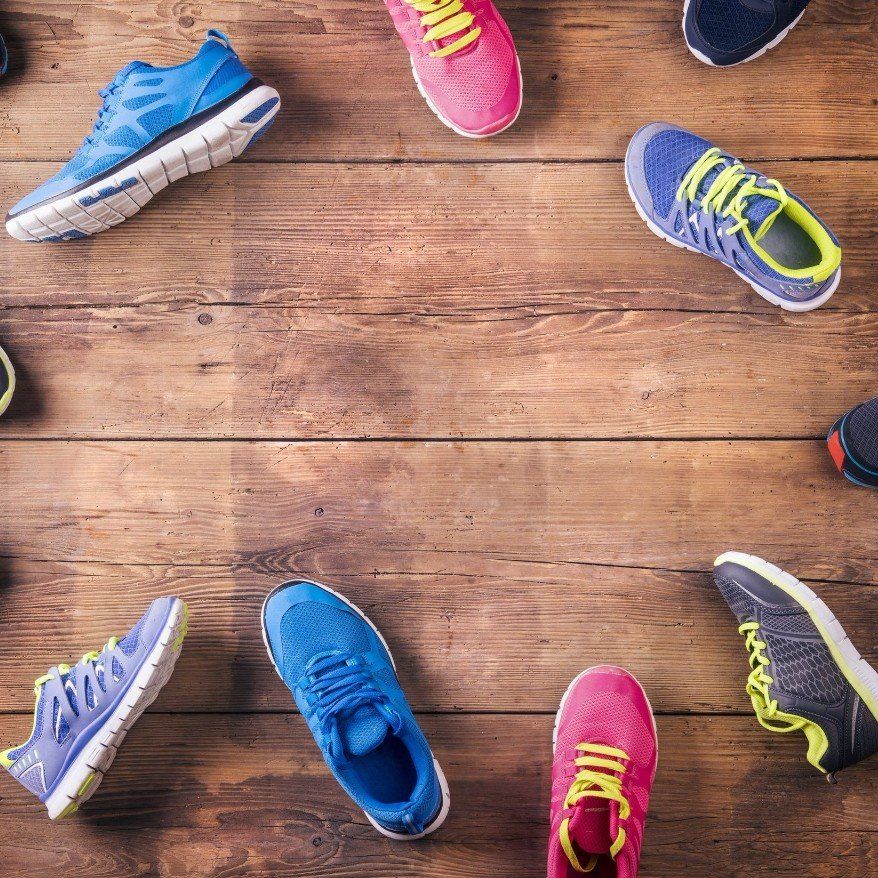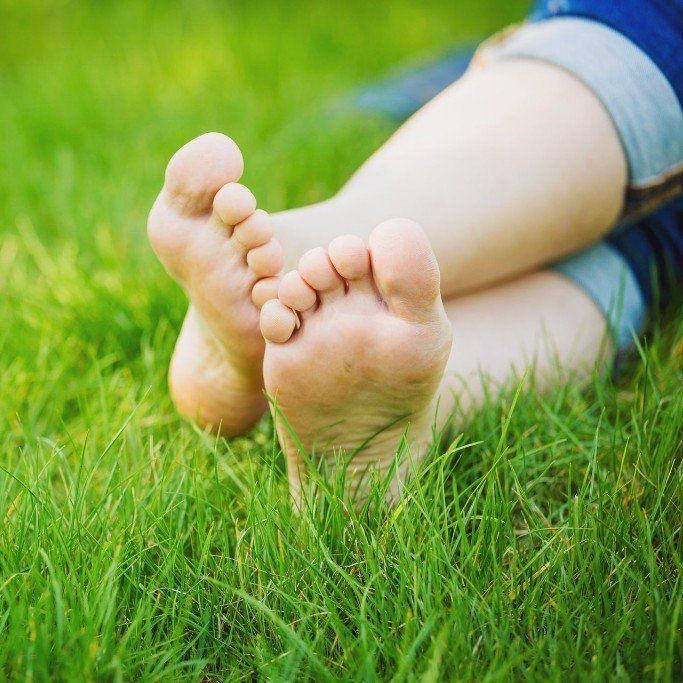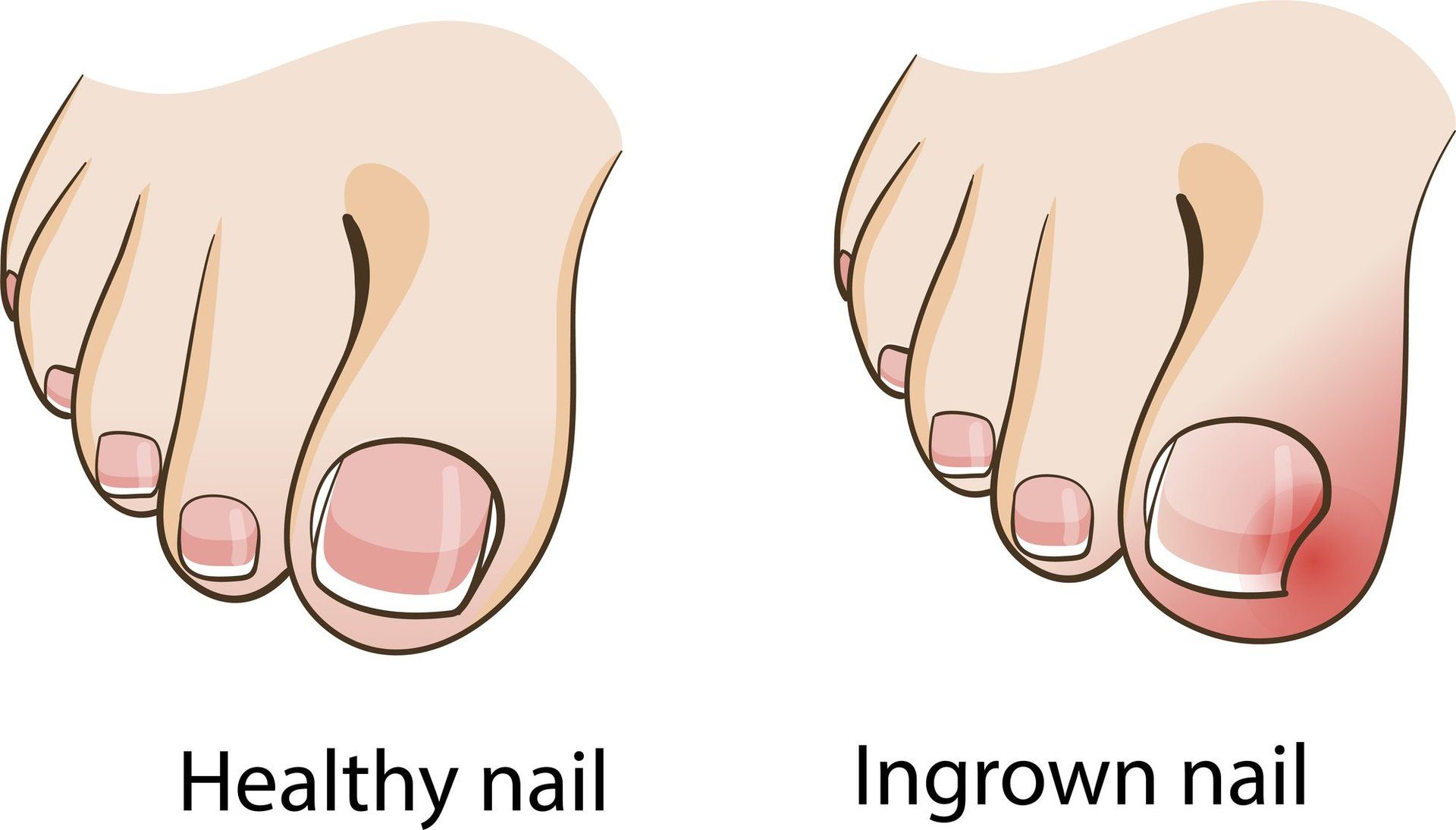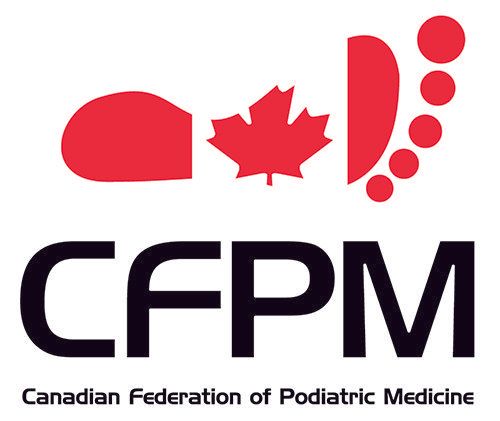Foot Ulcers : Causes, Symptoms and Treatment Options
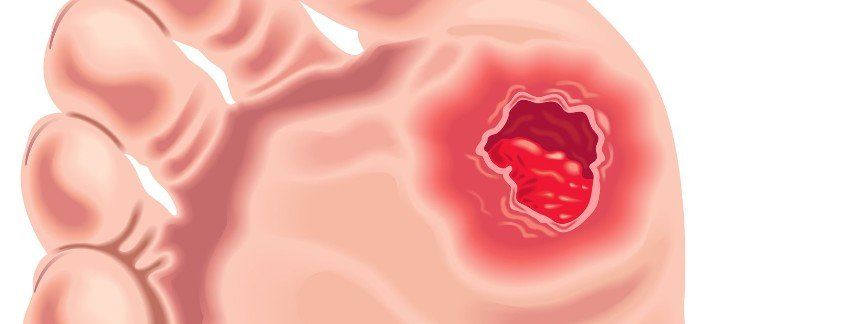
The term ulcer , is generally used to refer to breaks in the normal integrity of the skin. Ulcers are skin wounds that are slowto heal and are classified in four stages, according to which layers of skin are broken through.
Stage 1 Ulcers are characterized by a reddening over bony areas.The redness on the skin does not go away when pressureis relieved.
Stage 2 Ulcers are characterized by blisters, peeling or cracked skin. There is a partial thickness skin loss involving the top two layers of the skin.
Stage 3 Ulcers are characterized by broken skin and sometimes bloody drainage. There is a full thickness skin loss involving subcutaneous tissue (the tissue between the skin and the muscle).
Stage 4 Ulcers are characterized by breaks in the skin involving skin, muscle, tendon and bone and are often associated with a bone infection called osteomyelitis.
There are many different diagnostic tests that can be done in the course of treating an ulcer. If the ulcer appears to be infected (i.e., there is redness, and drainage) then a culture of the wound should be done. The reason for the culture is to identify the type of infection, so that you can be put on the appropriate antibiotic.
If there is suspicion of the bone being infected under the ulcer,x-rays and/or a bone scan can be done. If there is suspicion that the underlying reason for the ulceris poor circulation, then a non-invasive vascular study (doppler) can be done. This test is done to see if you have enough oxygen getting down to the area to heal the ulcer.
Ulcers occur due to different reasons, so it is very important to determine the underlying medical problem that caused the ulcer. There are essentially four main reasons people get ulcers on the foot.
Neuropathic: This type of ulcer occurs when a patient has loss of sensation in the feet. It is commonly seen in people with diabetes, but it can be caused by other reasons such as chronic alcohol abuse. These ulcers are generally seen under weight bearing areas and often will begin as a callus or a corn.
Arterial: This type of ulcer is due to poor blood flow to the lower extremities. This type of ulcer can be very painful and are usually found on the tips of toes, lower legs, ankle, heel and top of the foot. They can very easily become infected.
Venous: This type of ulcer is due to compromised veins. Veins are the vessels that take fluid out of the legs and back up to the heart. Veins have small valves that allow blood to flow only one way, back up to the heart. The valves normally block the tendency for gravity to pull the blood back down to the legs. Sometimes the valves leak or cease to work at all. If the valves do not work, then the fluid pools down in the legs, causing swelling. This swelling leads to increase pressure in the venous system,
producing discolouration of the leg and eventually this lead to ulceration. They are commonly seen around the inside of the ankle and are slow to heal.
Decubitus: This type of ulcer is caused by excessive prolonged pressure on one area of the foot. The most common place to see this type of ulcer is in a person confined to bed and they occur on the backs of the heels.
What the Chiropodist May Do
Treat the Infection
The chiropodist will thoroughly clean the wound to remove all infected tissue. Early, aggressive wound cleaning (called "debridement") has been shown to heal these wounds more rapidly. If there is an infection, antibiotics are prescribed . If the infection is serious, you may be hospitalized to receive intravenous antibiotics. Dressings are used to prevent further trauma, to minimize the risk of infection, to relieve local pain, and to optimize the environment for healing. A moist wound environment is important for wound healing to occur. You can help by keeping the area clean and moist at all times and using the
medications prescribed for you.
Reduce the Pressure
Depending on the location of your foot ulcer, you may need to keep pressure off the area. This is called "off-loading" and means avoiding all mechanical stress on the wound so that it can heal. If there is no infection, a total contact cast may be used to relieve pressure. Or your chiropodists may recommend using
"non-weight-bearing" devices such as orthopaedic shoes, a walker, crutches, or even a wheelchair or bed rest - these can help healing by relieving pressure on the injured part of your foot.
Simple daily foot care can prevent serious problems. According to the National Institute of Health, the following are simple, everyday steps that will help prevent serious complications:
1. Take Care of Your Diabetes
Make healthy life style choices to keep your blood sugar close to normal. Work with your health care team to create a diabetes plan that fits your life style characteristics.
2. Check Your Feet Every Day
You may have foot problems that you may not be aware of. Check your feet for cuts, sores, red spots, swelling, or infected toenails. Checking your feet should become part of your daily routine. If you have trouble bending over to see your feet, use a plastic mirror to help. You can also ask a family member to help you. Important Reminder - Be sure to call your doctor immediately if a cut, sore, blister, or bruise on your foot does not heal after one day.
3. Wash Your Feet Every Day
Wash your feet in warm, NOT HOT, water. Do not soak your feet because your skin will get dry. Dry your feet well. Be sure to dry between your toes. Use talcum powder to keep the skin dry between the toes and rub a thin coat of skin lotion or cream on the tops and bottoms of the feet.
4. Trim your Toenails Each Week or When Needed
Trim your toenails with clippers after you wash and dry your feet. Trim the toenails straight across and smooth them with an emery board or nail file. DO NOT cut into the comers of the nail or rip off hangnails. If you're nails are thick or yellowed, DO NOT cut your own nails, have a chiropodist trim them.
5. Wear Shoes and Socks At All Times
Wear shoes and socks at all times. Do not walk barefoot, not even indoors. It is extremely easy to step on something and hurt your feet. Always wear seamless socks, stockings, and nylons with your shoes to help avoid the possibility of blisters and sores developing. Wear shoes that fit well and protect your feet.
6. Be More Active
Walking, dancing, swimming, and bicycling are good forms of exercise that are easy on the feet. Avoid all
activities that are hard on the feet, such as running and jumping.
Created by S. & C. Hartman, Foot Works , Waterloo, Ont.
